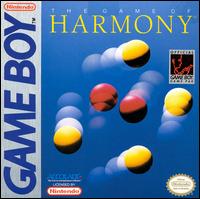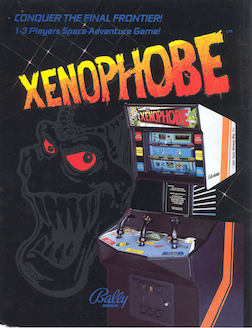
Xenophobe is a video game developed by Bally Midway and released in arcades in 1987. Starbases, moons, ships, and space cities are infested with aliens, and the players have to kill the aliens before each is completely overrun. The screen is split into three horizontally-scrolling windows, one for each of up to three players, yet all players are in the same game world.

Rock 'n' Roll is a video game for the Commodore 64, Atari ST, Amiga, MS-DOS, ZX Spectrum, and Amstrad CPC, published by Rainbow Arts in 1989. The idea for the game and the programming are by Frank Prasse. The Soundtrack for the Amiga version was composed by Chris Huelsbeck.

Bomb Jack is a platform game published by Tehkan for arcades and later ported to home systems. The game was a commercial success for arcades and home computers. It was followed by several sequels: the console and computer game Mighty Bomb Jack, the arcade game Bomb Jack Twin, and Bomb Jack II which was licensed for home computers only.

Exolon is a run and gun game programmed by Raffaele Cecco and published by Hewson in 1987 for the ZX Spectrum, Commodore 64, and Amstrad CPC. It was later converted to the Enterprise 128, Amiga, and Atari ST.
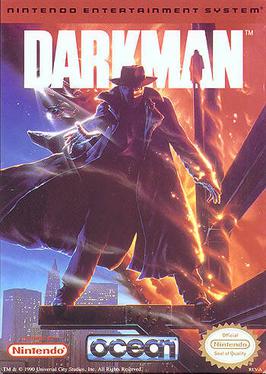
Darkman is a video game that was developed by Ocean Software and published by Ocean Software in 1991. It was released for the Amiga, ZX Spectrum, Amstrad CPC, Commodore 64 and Atari ST. Darkman had two different games of the same name, one for the Nintendo Entertainment System and the other for Game Boy. The game's plot is loosely based on the film of the same name.
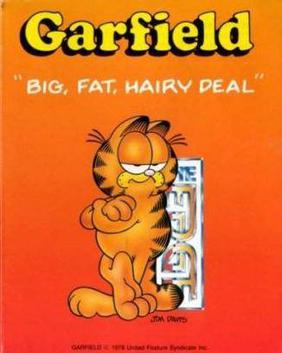
Garfield: Big Fat Hairy Deal is a 1987 computer game for the Atari ST, ZX Spectrum, Commodore 64, Amstrad CPC and the Amiga based on the comic strip Garfield. It is the second video game based on Jim Davis' Garfield comics to be released, following 1986's Create with Garfield.

Cybernoid: The Fighting Machine is a shoot 'em up developed and published in 1988 by Hewson Consultants for the ZX Spectrum. It was ported to the Amstrad CPC, Atari ST, Commodore 64, Amiga, and Nintendo Entertainment System. It was programmed by Raffaele Cecco. The ZX Spectrum, Amstrad, and Atari ST versions have a main theme by Dave Rogers, while the Commodore C64 version has a different theme by Jeroen Tel.
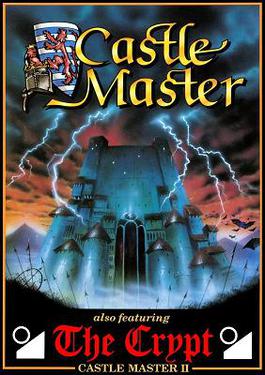
Castle Master is a 1990 video game by developer Teque Software Development and published by Incentive Software. It was released for the ZX Spectrum, Commodore 64, Amstrad CPC, Amiga, Atari ST and IBM PC. A compilation was released also in 1990 that contained the original and the sequel, Castle Master II: The Crypt.

Vixen is a platform game published by Martech in 1988 for the Amiga, Amstrad CPC, Atari ST, Commodore 64, MS-DOS, and ZX Spectrum.

Captain Dynamo is a vertically scrolling platform game developed by Codemasters and released in 1992. Captain Dynamo, an aging superhero, is brought out of retirement to recover a haul of stolen diamonds from the trap-infested rocket-ship of the villainous Austen Von Flyswatter. It was published for the Amiga, Atari ST, Commodore 64, ZX Spectrum, Amstrad CPC, and MS-DOS. Versions for Game Gear and Mega Drive were planned but never released.
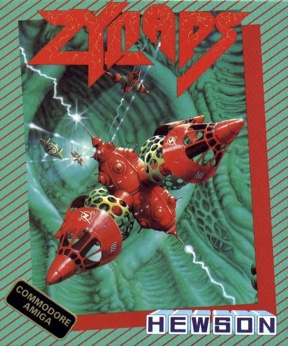
Zynaps is a side-scrolling shoot 'em up video game published by Hewson Consultants for the ZX Spectrum, Amstrad CPC and Commodore 64 in 1987 and for the Atari ST in 1988 and the Amiga.

Myth: History in the Making is a 2D platform game developed and published by British publishing house System 3 for the Commodore 64, Amiga, Amiga CD32, Amstrad CPC and ZX Spectrum. It was also released on the NES as Conan: The Mysteries of Time. It was officially announced for Atari ST and a preview version was available, but the full version was never released.

Yogi's Great Escape is a platform game based on the 1987 movie of the same name. It was developed by British studio PAL Developments and published in 1990 by Hi-Tec Software as a budget game. It was released in Europe for Amiga, Amstrad CPC, Atari ST, Commodore 64, Atari 8-bit computers, and ZX Spectrum.
Tiertex Design Studios Limited was a British software development company and former video game developer based in Macclesfield, England; it was founded in 1986, focusing on porting games to home computers and handheld platforms.
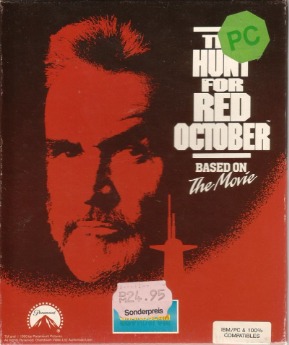
The Hunt for Red October is a 1990 video game based on the 1990 film The Hunt for Red October. It was developed by Images Software and released by Grandslam Interactive Ltd. for the Amiga, Amstrad CPC, Atari ST, Commodore 64, ZX Spectrum, and for DOS.

The Real Ghostbusters is a 1987 shoot 'em up arcade game developed and published by Data East. It is loosely based on Ghostbusters. In Japan, Data East released it as a non-Ghostbusters arcade game under the title Meikyuu Hunter G. In 1989, Activision published The Real Ghostbusters for Amiga, Amstrad CPC, Atari ST, Commodore 64, and ZX Spectrum.
The Code Monkeys Limited was a British video game developer based in Dewsbury, England, and founded in February 1988 by Colin Hogg, Mark Kirkby and Elliot Gay. It was known for porting video games to various platforms. In February 2011, shareholders of the company decided to wind down the company, which was effective two weeks later.

Incredible Shrinking Sphere is a 1989 video game developed by Foursfield and published by Electric Dreams Software for Amiga, Amstrad CPC, Atari ST, Commodore 64, and ZX Spectrum

Ghostbusters II is a 1989 action game based on the film of the same name. It was published by Activision for various computer platforms. British studio Foursfield developed a version for Commodore 64, Amiga, Atari ST, Amstrad CPC and ZX Spectrum, which also got ported to the MSX by New Frontier. It features three levels based on scenes from the film. Dynamix developed a separate version for the DOS, also based on the film. The non-DOS versions were praised for the graphics and audio, but criticized for long loading times, disk swapping, and the final level. The DOS, Commodore 64 and Amiga versions were the only versions released in North America.
